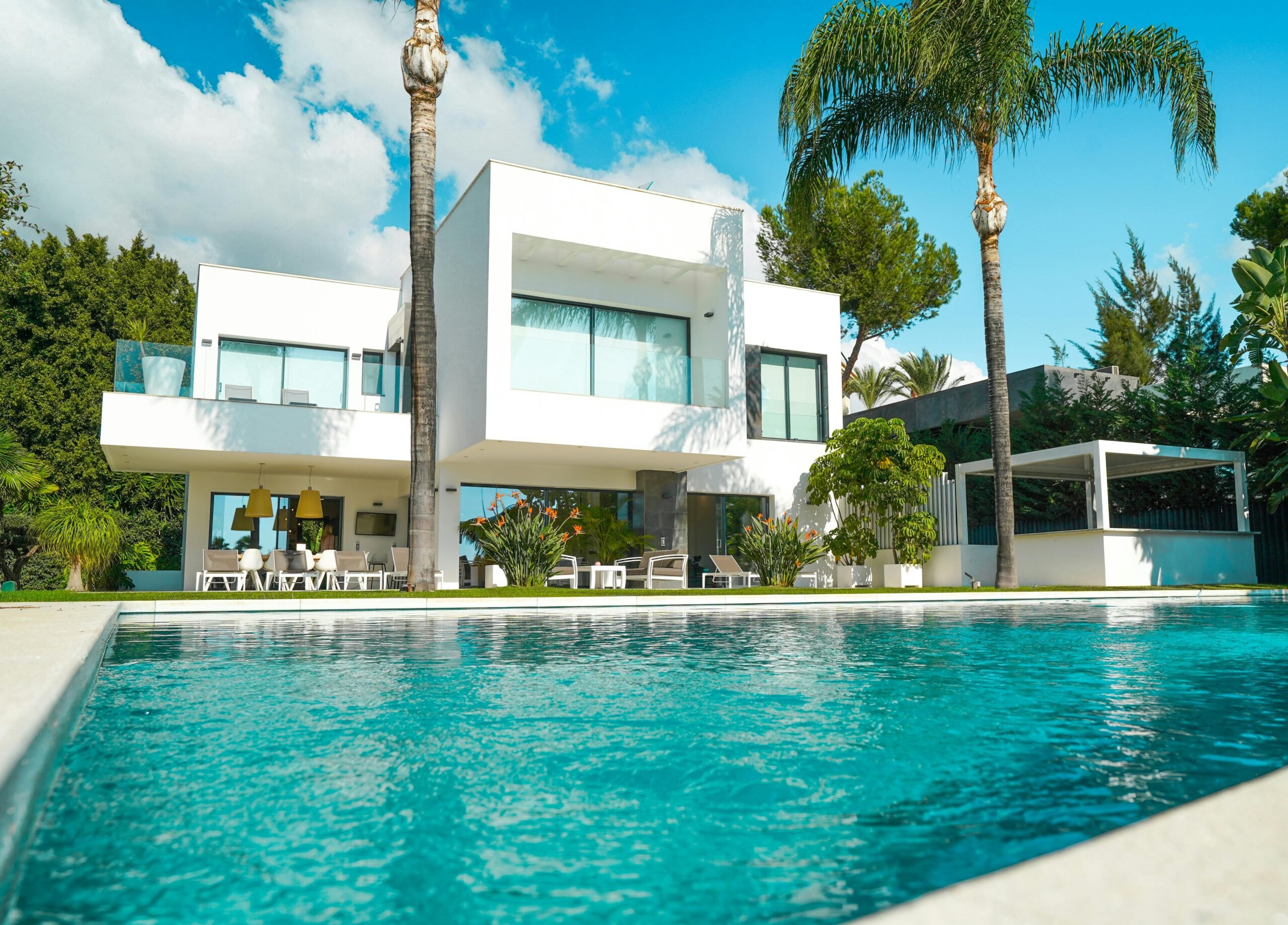THE March release of the Knight Frank Wealth Report is another clear sign that Marbella’s trajectory as a luxury home destination is set to continue.
The annual report looks at the state of global High Net Worth Individuals (HNWIs) and Ultra High Net Worth Individuals (UHNWIs). The current picture is one of continued growth, which is reflected in the growth of prices and sales in Marbella and the Costa del Sol more broadly.
This has occurred despite the tightening of monetary policy until recently, with high interest rates hurting many markets. Marbella – and Spain more broadly – was spared the impact of these policies because of two factors.
The first is that Spain’s real estate market remained undervalued and only recently caught up to price levels from the peak in 2007.
The second factor relates to the luxury market. Those who buy luxury homes are relatively insulated from the impact of higher interest rates. Such HNWIs can purchase properties without debt or they can service debt more painlessly.
READ MORE:
- Marbella is being flooded with huge real estate companies – but is this a bad sign for the market? Property expert ADAM NEALE gives his verdict
- Looking good! 2025: Another strong year coming on the Costa del Sol, writes Olive Press Property Insider Adam Neale
- Spain’s real estate market is back to a normal and healthy growth pattern, says property expert ADAM NEALE
And the number of HNWIs is growing globally at a rate faster than the economy itself. According to Knight Frank, the number of HNWIs grew in 2024 by 4.4%. The IMF has measured global growth at 3.2% for the year, which was also the rate of growth of the Spanish economy. It was the fastest growing economy in the eurozone.
The Wealth Report also found a rebound in interest in acquiring property amongst HNWIs. Fully 44% of respondents stated that they intended to expand their real estate investments in 2025. only 8% indicated an intent to reduce holdings.
Marbella punches above its weight
These factors are reflected in the strong Marbella property market. On the one hand, according to Knight Frank, luxury home prices in Marbella rose by 7.2%. That is significantly above the rate of inflation. It is also significantly above the global average, which was just 3.1%.
Spanish Property Insight published statistics in late 2024, covering the first half of the year. They found that Marbella property sales had grown by 10%. By their measure, prices had actually risen by 12%, which would put Marbella in the top five cities in the world (Knight Frank has Marbella at number 13).
Marbella was also recently listed has having 5 of Spain’s ten most expensive streets in terms of real estate prices. This makes sense given that the city has had a ten-year streak of price hikes totalling over 105%.
Knight Frank expects the number of wealthy individuals to continue to grow, totalling 28.1% between 2023-2028. That is less than the 44% growth in HNWIs in the five years prior. But it is still a substantial increase. It will mean adding millions of newly wealthy to the global population.
The lion’s share of the newly wealthy will come from Asia, which will see growth of 38%, followed by the Middle East at 28.3%, Australasia at 27% and North America at 25.7%. This represents a real opportunity, and Marbella is stepping up to the plate.
A strong economy, amazing climate and world class infrastructure will continue to make Marbella and the Costa del Sol attractive to HNWIs.
The city and region have an established luxury real estate market that continues to outperform the rest of the world.
Challenges Faced
Overall, the shift towards the luxury market in Marbella and the towns surrounding it, has been positive. It has provided thousands of jobs and attracted money that has built world class infrastructure.
The need to compete in attracting the global elite, and the higher tax base, means that there are more beautiful beaches, more sports facilities, more great restaurants and other amenities. These improve the quality of life of everyone.
Nonetheless, as elsewhere, there are growing pains. This is especially true when it comes to housing – or the lack thereof.
Some of the 8-12% price growth in Marbella can be attributed to the sale of expensive luxury properties. But a not insignificant amount is the result of broad-based price increases.
A number of articles appeared in February-March, 2025, calling this the ‘Marbella Effect’, which spoke of a lack of affordable housing in both Marbella and it environs. Relying on statistics from Idealista, the Spanish real estate portal, the numbers were stark.
In nearby Istan, just 7.8% of properties were priced below €300k, totally 76 properties. In Ojen it was even fewer at 6.56%.
For those seeking rental housing, it’s near to impossible to find anything for less than €1000 and many landlords will only rent by the month, excluding high season. The attraction of the lucrative tourist rental market is too strong to resist.
Beyond the human impact of high housing costs, it could hamstring Marbella’s luxury sector as well. The tens of thousands of workers who provide services, maintenance and products to the Marbella economy need to have places to live. It won’t matter if there are good jobs if it still isn’t enough to live within a short drive of work.
That said, it is a positive sign that awareness of the multi-sided need for housing to sustain the current luxury housing boom has reached the highest levels. It means that there are discussions in motion at the level of policy and investment.
In the meantime, Marbella has excellent momentum, as does Spain as a whole. A strong economy, amazing climate and world class infrastructure will continue to make Marbella and the Costa del Sol attractive to HNWIs.








